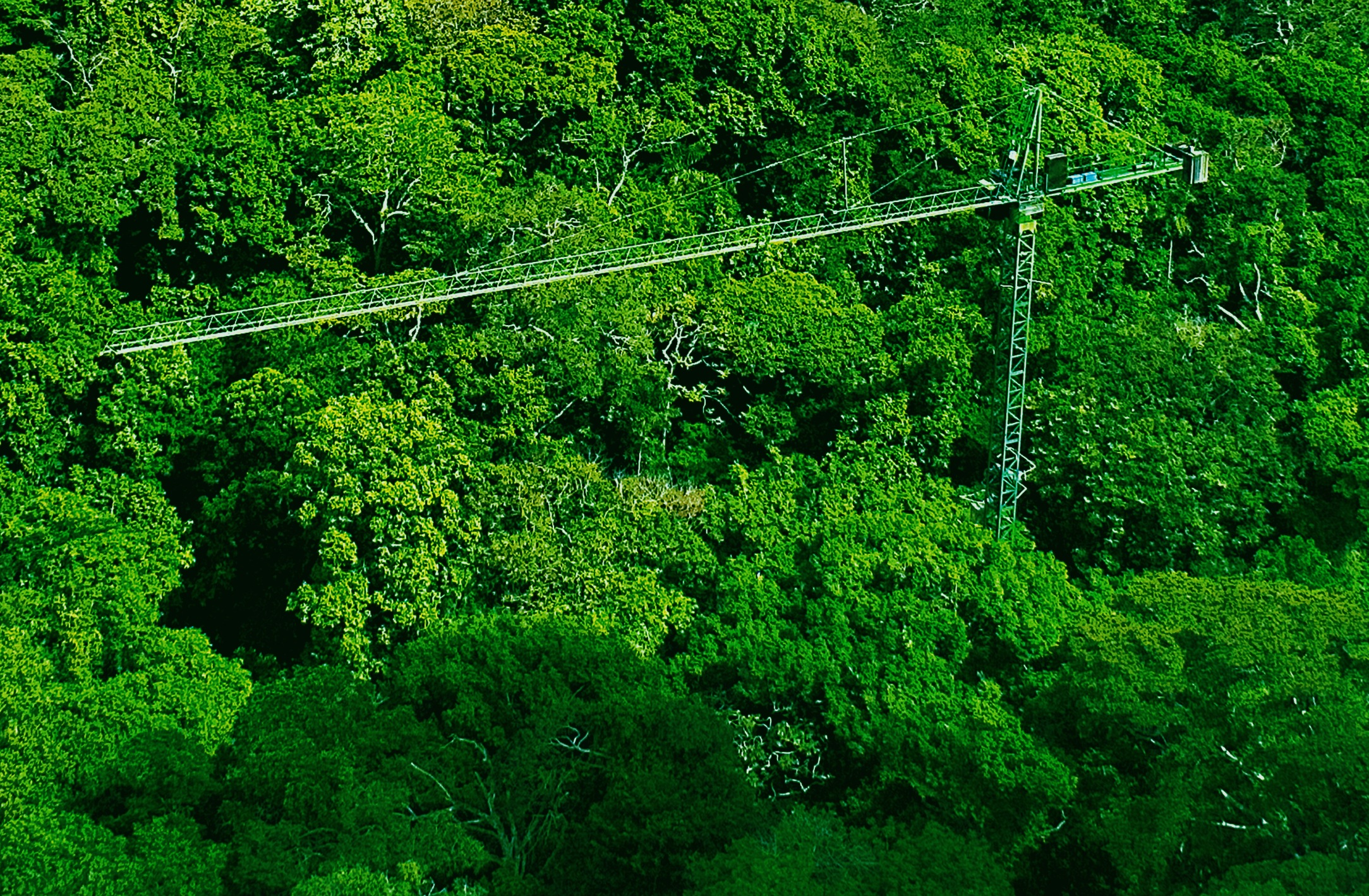New Clues to Evolution of Flowering Forests

Flowering plants are the most successful group of plants on Earth. This type of pervasive vegetation dominates forests and makes up 90 percent of all plant life on land.
The first fossils of flowering plants, or angiosperms, resembled the brush that grows along fast-flowing streams and rivers. How did these 140-million-year-old shrubs eventually become vast forests?
New research conducted from the top of a 131-foot-tall (40 meters) crane suggests the secret is in their leaf plumbing. [Amazon Photos: Trees That Dominate the Rain Forest ]
Researchers already knew that angiosperms had diversified and spread before the dino-killing meteorite smashed into Earth and reset life on the planet 65 million years ago. But the fossil evidence is ambiguous as to whether the mass extinction was a tipping point, or if angiosperms were already on their way to world domination before the impact.
In the new study, scientists sought clues by comparing modern forests to fossil plants. The team measured leaves from top to bottom in two tropical forests in Panama and one temperate forest in Maryland.
In modern tropical forests, sun-loving trees grab the most energy with tightly packed leaf veins, while trees relegated to the shade have leaves with veins spaced wider apart. This leaf "vein density" is a hallmark of photosynthesis, or how fast a leaf can transport water and take in carbon dioxide.
The scientists also looked at leaf litter, the detritus that falls to the forest floor.
Get the world’s most fascinating discoveries delivered straight to your inbox.
"This was particularly important because a litter assemblage is the closest analog to a fossil flora — the leaves that have fallen from the trees, accumulated on the ground and eventually fossilized," said lead study author Camilla Crifò, a biologist at the Smithsonian Tropical Research Institute in Panama during the study.
The modern leaf grouping was most similar to fossils from forests that grew 58 million years ago, Crifò reports in the September 2014 issue of the journal Geology. The modern leaves were compared to fossil angiosperms from as far back as 132 million years ago. The results suggest angiosperm forests resembling today's tropical forests dominated after the meteorite impact, not before.
Vein density is a "promising and exciting technique" for gathering information on plant metabolism from fossils, Crifò said in an email interview. "We hope to be able to use vein density to reconstruct the photosynthetic capabilities of plants that lived 140 million years ago."
Email Becky Oskin or follow her @beckyoskin. Follow us @livescience, Facebook & Google+. Original article on Live Science.




